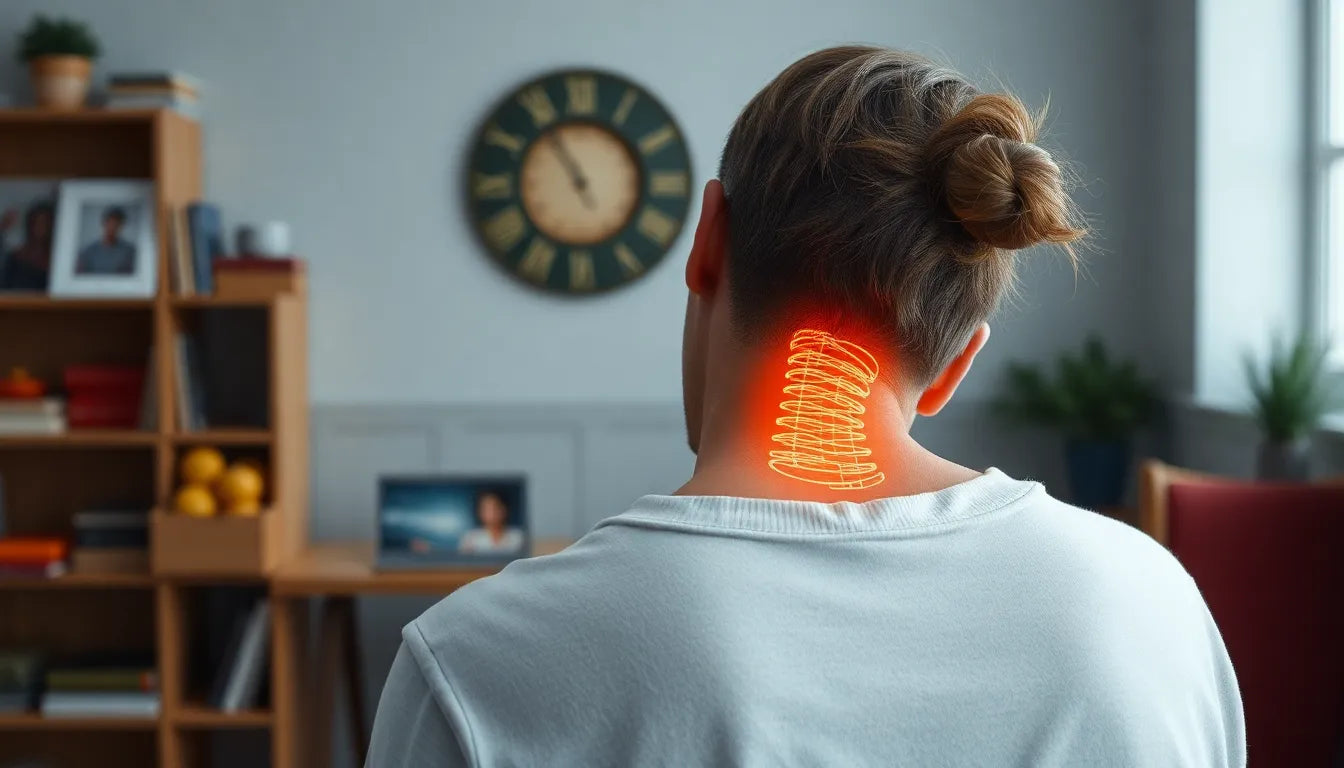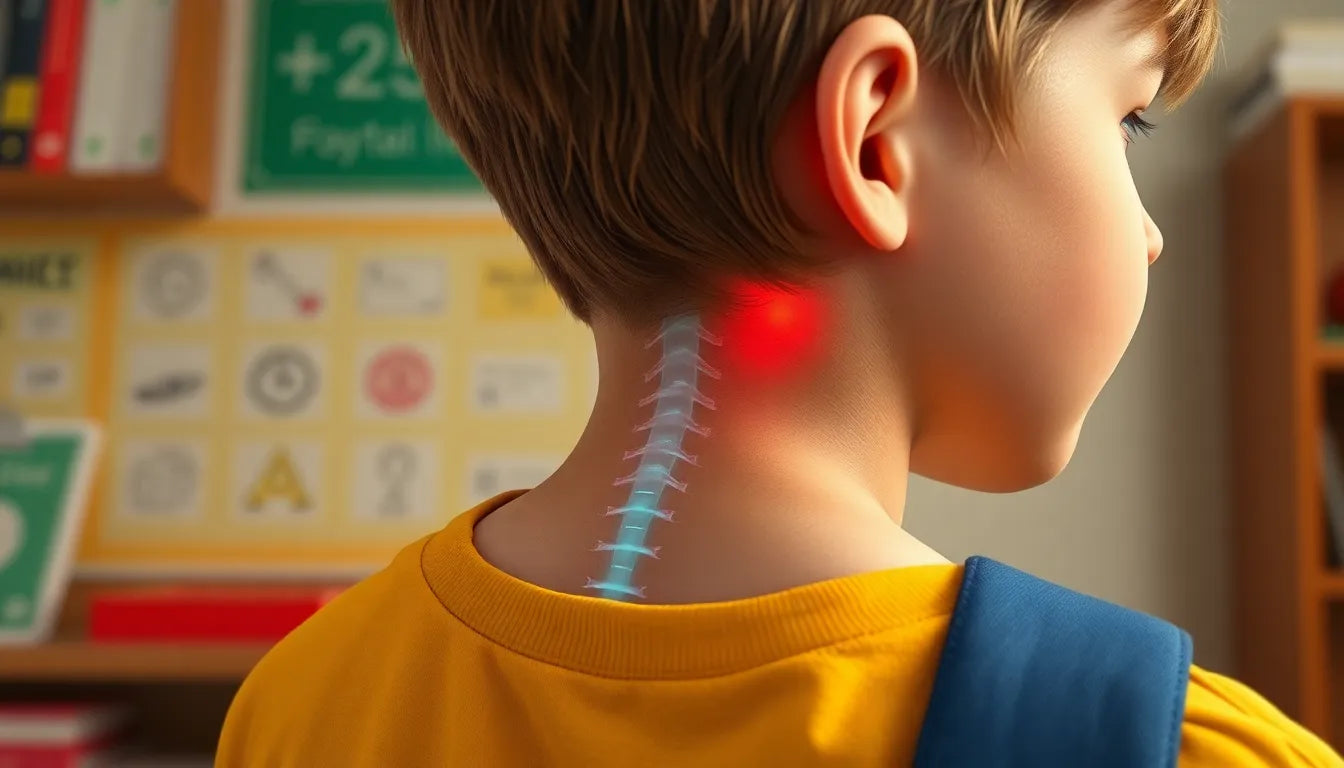Mange mennesker oplever smerter i lænden, der stråler ned i ballen, en tilstand, der ofte er forbundet med problemer som iskias, diskusprolaps eller muskulære udfordringer. Denne type smerte kan være både frustrerende og invaliderende, da den påvirker ens evne til at udføre daglige aktiviteter og kan forringe livskvaliteten betydeligt. At forstå de underliggende årsager til disse smerter er afgørende for effektiv håndtering og lindring. Der er mange muligheder for at finde lindring, men det kræver en indsigt i, hvad der udløser smerten, og hvordan man bedst kan tackle den.
Typiske symptomer og bekymringer
Smerter i lænden, der stråler ned i ballen, kan manifestere sig som en skarp, brændende eller strålende smerte, der ofte forværres ved bevægelse, hoste eller nysen. Denne smerte er ikke kun begrænset til lænden og ballen, men kan også strække sig ned i benet, hvilket gør det vanskeligt at stå eller gå i længere tid. For mange kan disse symptomer ledsages af følelsesløshed eller muskelsvaghed i benet, hvilket yderligere komplicerer situationen.
Det er vigtigt at være opmærksom på disse symptomer, da de kan være tegn på underliggende tilstande, der kræver opmærksomhed. At ignorere dem kan føre til forværring af tilstanden og potentielt mere alvorlige sundhedsproblemer. Derfor er det essentielt at tage disse symptomer alvorligt og søge råd fra sundhedspersonale, hvis de vedvarer eller forværres.
For dem, der oplever disse symptomer, er der en række tilgængelige muligheder for at finde lindring. Det kan være gennem en kombination af fysiske øvelser, ergonomiske justeringer og, i nogle tilfælde, medicinsk intervention. Forståelsen af, hvad der udløser smerten, og hvordan man bedst kan håndtere den, er nøglen til at forbedre ens velbefindende og opretholde en aktiv livsstil.
exploring the causes of pain in the lower back and buttock
Understanding the root causes of pain in the lower back that radiates into the buttock is essential for effective treatment and management. One of the primary culprits is sciatica, a condition that arises when the sciatic nerve is irritated or compressed. This nerve runs from the lower back through the hips and buttocks and down each leg, making it the longest nerve in the body. Sciatica can be triggered by poor posture, prolonged sitting, or sudden physical exertion, leading to pain that can be sharp, burning, or even tingling.
Another significant cause is herniated discs. These occur when the soft center of a spinal disc pushes through a crack in the tougher exterior casing, potentially irritating nearby nerves. This condition is more common among individuals between the ages of 30 and 50, particularly those engaged in physically demanding jobs or those with a history of back injuries. Risk factors include obesity, smoking, and a sedentary lifestyle.
Muscular issues, such as piriformis syndrome, can also lead to pain in the lower back and buttock. The piriformis muscle, located in the buttock region, can become tight or spasm, compressing the sciatic nerve and causing similar symptoms to sciatica. Muscle imbalances and poor ergonomics, often due to prolonged sitting or improper lifting techniques, can exacerbate these issues.
treatment and management options for effective relief
Addressing pain in the lower back and buttock involves a combination of non-invasive therapies and, in some cases, medical interventions. Physical therapy is a cornerstone of treatment, focusing on strengthening the back muscles and improving flexibility. Tailored exercise programs can help alleviate symptoms and prevent future episodes by promoting proper movement patterns.

Lumbar support belt
Support and stabilize your lower back, ideal for sciatica and herniated discs.
Chiropractic and osteopathy offer alternative approaches, using manual adjustments to relieve pressure on nerves and improve spinal alignment. These therapies can be particularly beneficial for individuals seeking non-surgical solutions to their pain.
Incorporating regular exercise and ergonomic adjustments is crucial for long-term management. Engaging in activities that promote core strength and flexibility, such as yoga or pilates, can prevent muscle imbalances. Additionally, ensuring that workspaces are set up ergonomically can reduce strain on the back and minimize the risk of pain.
For more severe cases, medical interventions may be necessary. Injections, such as a sciatic blockade, can provide temporary relief and assist in diagnosing the underlying cause of pain. Medication, including anti-inflammatory drugs and muscle relaxants, may be prescribed to manage symptoms. Surgery is typically considered a last resort, reserved for cases where other treatments have failed to provide relief.
preventive measures for long-term relief
Preventing the recurrence of pain in the lower back and buttock involves maintaining good posture and engaging in regular physical activity. Simple lifestyle changes, such as taking frequent breaks from sitting, using supportive footwear, and practicing stress-reduction techniques, can significantly impact overall well-being.
Making ergonomic adjustments at home and work can also play a vital role in prevention. This includes using chairs with proper lumbar support, positioning computer screens at eye level, and ensuring that desks are at an appropriate height to avoid slouching.
By understanding the causes of pain in the lower back and buttock and implementing a comprehensive management plan, individuals can find relief and improve their quality of life. Whether through physical therapy, lifestyle modifications, or medical interventions, there are numerous paths to achieving comfort and maintaining an active lifestyle.
daily management strategies for pain relief
Incorporating daily management strategies can significantly alleviate smerter i lænden og ned i ballen. Stretching routines and core-strengthening exercises are essential components of a comprehensive pain management plan. Regular stretching helps maintain flexibility and prevent muscle stiffness, while core exercises strengthen the muscles that support the spine, reducing the likelihood of future pain episodes.

Men's Posture Shirt™ - Black
Patented shirt activates muscles and helps relieve back pain and tension daily.
Mindfulness and stress-reduction techniques, such as meditation and deep-breathing exercises, can also play a crucial role in managing pain perception. By reducing stress, individuals can decrease muscle tension and improve their overall sense of well-being, which can, in turn, alleviate pain symptoms.
case studies and real-life examples
Real-life examples of individuals who have successfully managed their pain can provide valuable insights and encouragement. For instance, a 45-year-old office worker experienced chronic smerter i lænden og ned i ballen due to prolonged sitting and poor posture. By incorporating a daily routine of targeted exercises, ergonomic adjustments at her workstation, and regular chiropractic sessions, she was able to significantly reduce her pain levels and improve her quality of life.
Similarly, a 60-year-old retired athlete found relief from persistent lower back pain by adopting a holistic approach that included physical therapy, yoga, and mindfulness practices. These strategies not only alleviated his pain but also enhanced his overall physical and mental health.
visual aids to support understanding
Utilizing visual aids, such as diagrams or infographics, can enhance understanding of the common causes and effective exercises for pain relief. Illustrations showing the anatomy of the lower back and sciatic nerve, as well as step-by-step guides for stretching and strengthening exercises, can be particularly helpful for readers seeking to manage their pain independently.
Frequently Asked Questions
What is the most common cause of pain radiating from the lower back to the buttock?
The most common cause is sciatica, often due to a herniated disc or piriformis syndrome, which involves irritation or compression of the sciatic nerve.
How can I differentiate between sciatica and other types of back pain?
Sciatica typically involves radiating pain down the leg, often accompanied by numbness or tingling, which distinguishes it from other types of back pain.
When should I seek professional help for my symptoms?
If pain persists despite self-care measures, or if you experience severe symptoms like muscle weakness, it is advisable to consult a healthcare provider.
Are there any specific exercises I should avoid if I have this type of pain?
High-impact activities and exercises that exacerbate pain, such as heavy lifting without proper technique, should be avoided.
Can ergonomic adjustments really make a difference?
Yes, proper ergonomics can significantly reduce strain on the back and prevent future pain episodes, making them a crucial component of pain management.


















